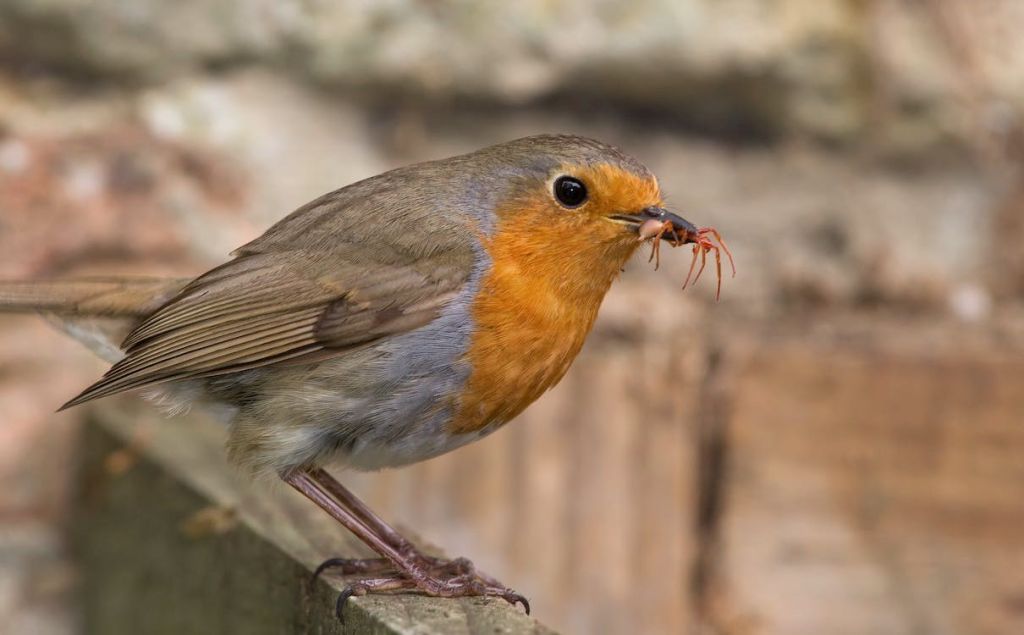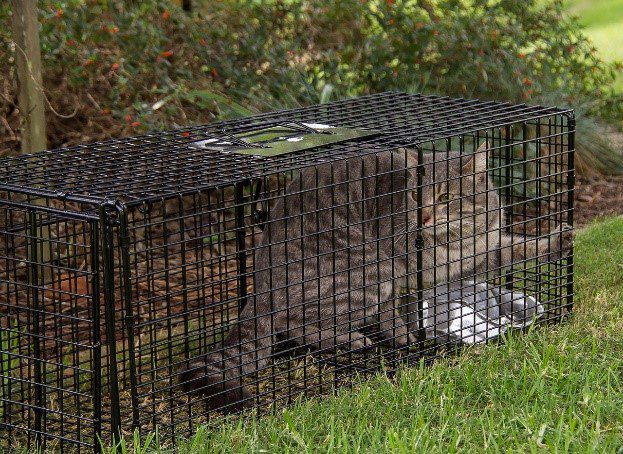Continued urban sprawl brings with it major environmental concerns, such as encroachment on wetlands and wildlife[1], as Jean-François Dumont, biologist for the ministry and large wildlife coordinator, explains: “The boundary between the natural environment and the urban environment is becoming increasingly blurred […]. Interactions between wildlife and people are becoming more pronounced”[2] It’s clear that reconciling man and wildlife is not always easy, and as Mr. Dumont explains: “The presence of unwelcome animals, in 95% of cases, is linked to bad practices on the part of citizens, whether it’s feeding, (or) poor storage of domestic waste”[2].
However, wildlife in urban environments also has benefits for the biodiversity of the area and the balance of the ecological environment, and so trying to eliminate them by trapping, killing or relocating them is ineffective.[3]
In addition, biological diversity helps to maintain a healthy ecosystem: for example, many animals, such as birds, are predators of various pests, such as certain garden insects[4].

The Act respecting the conservation and development of wildlife
In addition, section 67 of the Act respecting the conservation and development of wildlife explains that:
“No person or person assisting him may kill or capture an animal attacking him or causing damage to his property or to property in his custody or care where he can frighten the animal away or prevent it from causing damage.
No person may shoot or capture an animal that is causing damage to property or that must be moved for purposes of public interest, except under the conditions determined by regulation of the Minister.”[5]

So, it’s best to use deterrents to keep an unwelcome animal away, while capture should be used as a last resort, and what’s more, there are risks that the traps used may hit animals that aren’t the intended target.
In this way, the Green Line aims to help citizens know how to behave in different scenarios, such as an unwelcome animal on their property, or finding an orphaned wild animal.
Consult our tips to find out how to…
The following links will help you address a safe behavior for you and the wild animal, and answer many of your questions..
Services concerned
What’s more, the free Green Line service can help you if you have questions about cohabiting with wild animals and need assistance.
Telephone: 514-684-3114
E-mail: LigneVerte@DDO.qc.ca
Référence :
- Statistics Canada, Canada’s large urban centres continue to grow and spread, 2022.
- L’exemplaire, Vivre avec les animaux sauvages, en ville, 2015. (free traduction)
- SPCA Montréal, Wildlife, 2023.
- Environment Department of the University of York, Human-wildlife interactions in urban areas : a review of conflicts, benefits and opportunities, 2015.
- LégisQuébec, Act respecting the conservation and development of wildlife, 2023.